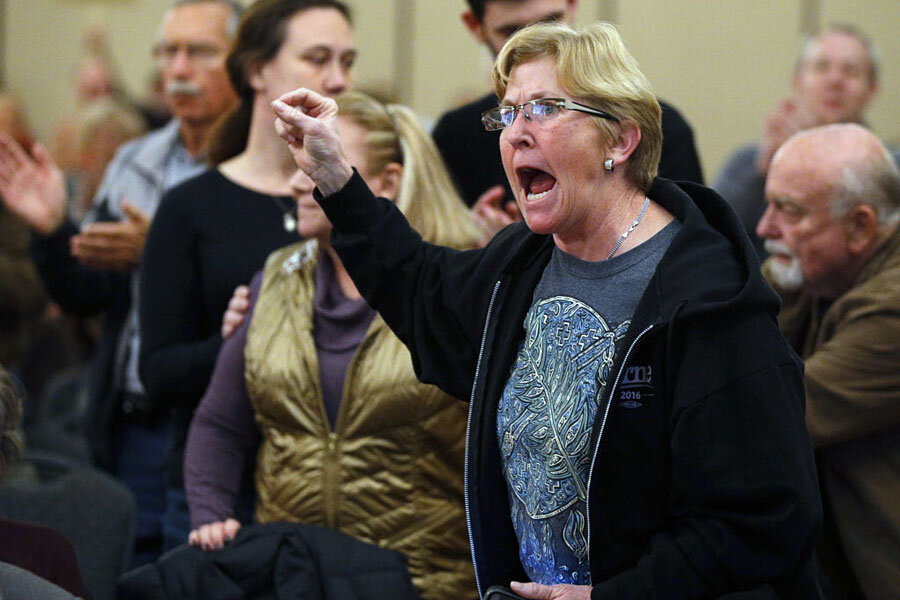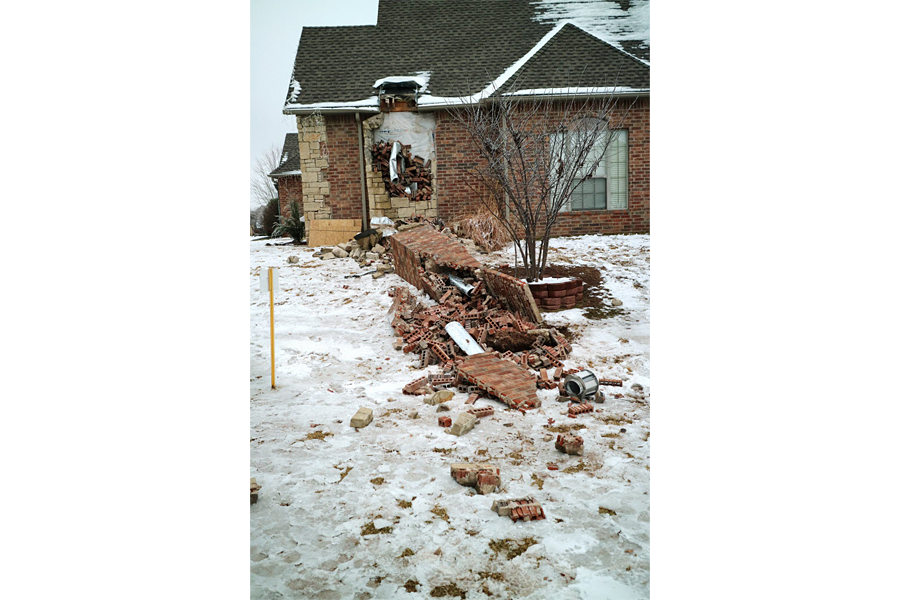A tale of two states: How Kansas and Oklahoma have dealt with earthquakes
Loading...
The Earth is shaking in Oklahoma and Kansas and the quakes are human-induced. But the two states have taken different approaches to remedy the problem.
Earthquakes caused by oil and gas drilling companies disposing of wastewater by pumping it back into the ground have been rattling the neighboring states. To still the shaking, a year ago Kansas decided to regulate how much and how fast the wastewater is injected into the Earth, in line with the results of early scientific studies. At the same time, Oklahoma started by limiting how deep that wastewater could be pumped.
While Kansas is feeling steadier, with an average of three quakes a month down from 11, by midday on Monday Oklahoma had already had 88 earthquakes of magnitude 2.7 or stronger since the beginning of this year. Eight of those quakes reached a magnitude of 4 or higher.
And the tremors are getting more frequent. From the second half of 2014 to the second half of 2015, Oklahoma saw a 10 percent increase of earthquakes of magnitude 2.7 or stronger. Over the same timeframe, Kansas saw a decrease by 60 percent.
Although the earthquakes haven't reached fatal magnitudes and have caused limited damage and power outages, residents are worried that a big one could be coming.
Seismologists say it's unlikely the region will see such disastrous quakes, but still Cornell University geophysicist Katie Keranen told the Associated Press, "It's a trend that's unsettling." These frequent smaller earthquakes could be a signal of bigger ones to come. "You have the ingredients you need to have a larger earthquake," she said.
US Geological Survey seismologist Nicholas van der Elst said that since southern Kansas and northern Oklahoma are identical geologically, the pair of states has become "a very interesting experiment."
And experts told the Associated Press that the pattern seen in the two states matches scientific studies that say injecting high volumes of wastewater could stir movement in existing faults.
The wastewater in question is a mix of underground saltwater that rises to the Earth's surface along with oil and gas during drilling, and the liquid chemicals used in drilling.
Although drilling companies have been pumping this wastewater back into the Earth for decades, recent technological advances means a higher volume of wastewater can be injected faster. And the amount of wastewater disposed this way more than tripled from 2012 to 2014 in Oklahoma's six most earthquake-prone counties.
"It's a combination of putting fluid in fast enough and deep enough," Stanford University geophysicist William Ellsworth said about the conditions for these quakes. "The higher rate wells are the ones where there are more hazards associated."
Oklahoma has added some volume cutbacks since their initial regulations in March 2015 that focused only on depth. "I like what we've been doing so far, but clearly we need to do more," Oklahoma's energy and environment secretary, Michael Teague, said.
But economics plays a role. Kim Hatfield, president of Oklahoma City-based Crawley Petroleum and a member of the governor's task force studying the earthquake problem said, "A lot of people say we just need the earth to stop shaking, and I understand that, but the fact of the matter is that without the ability to dispose of wastewater, we cannot produce oil and gas in the state of Oklahoma, and this is our lifeblood."
This report contains material from the Associated Press.







